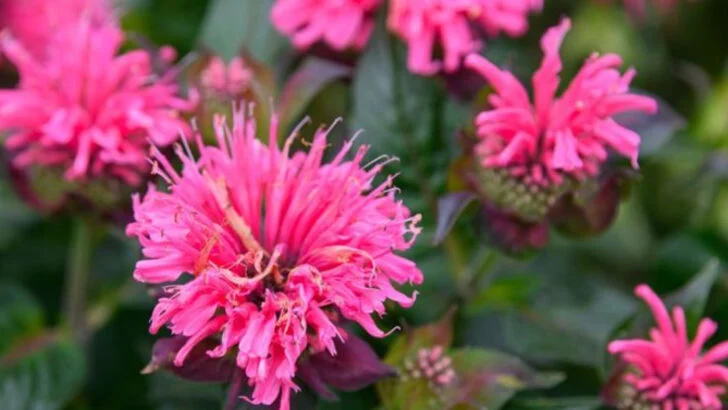Perennials are often praised for being low-maintenance, you plant them once, and they keep coming back. But some don’t know when to stop. They’ll quietly stretch their roots and suddenly pop up where you didn’t expect, edging out more polite neighbors and filling in spaces you wanted to keep open.
On the flip side, there are plenty of perennials that stay exactly where you put them. They do their job, add color and texture, and don’t cause drama. If you’ve ever spent a weekend digging out a plant that spread a little too well, you’ll appreciate knowing which ones play nice and which ones need a watchful eye.
Lily of the Valley
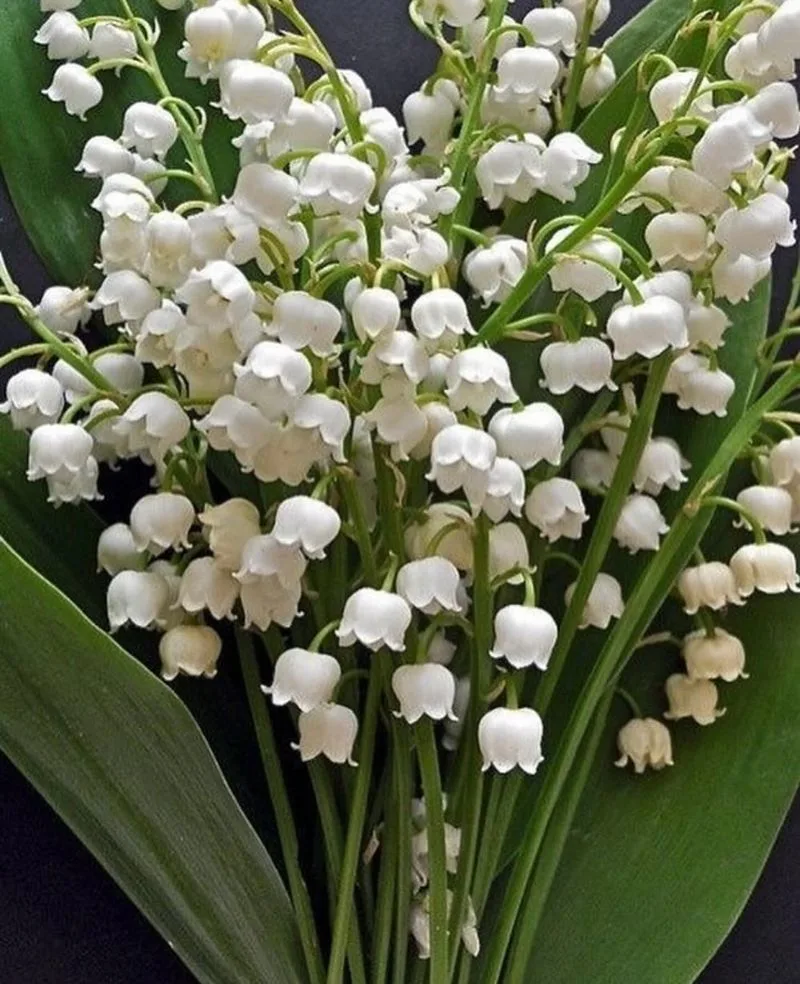
Lily of the Valley might look innocent with its charming, bell-shaped flowers, but this plant has a tendency to spread rapidly through underground rhizomes. Before long, it can take over entire sections of your garden if left unchecked.
Plant it in areas where it can roam freely without disturbing other plants. Its sweet fragrance can fill the air, but keep an eye out.
A native of Eurasia, it was traditionally used in perfumes and medicine. Its ability to thrive under trees makes it a good ground cover, yet vigilance is necessary to keep it in line.
Mint
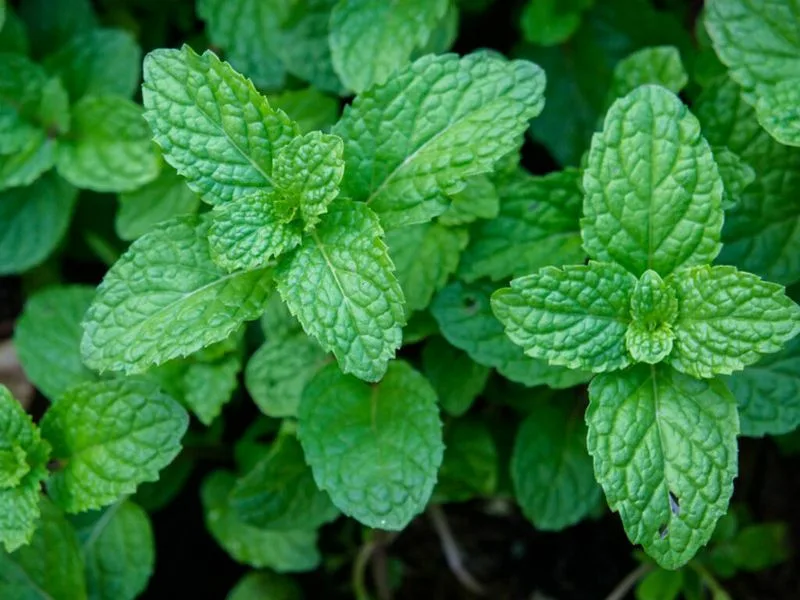
Mint is a delightful herb, loved for its refreshing aroma and culinary versatility, yet it is notorious for its rampant spread.
Once mint establishes itself, it quickly extends runners underground, colonizing garden spaces. Enclose it in pots or designated areas to prevent garden domination.
Belonging to the Lamiaceae family, mint thrives in sunny spots with well-drained soil. Originating from the Mediterranean region, it’s revered in both ancient and modern culinary traditions. Even with its spreading nature, mint’s benefits can be savored with a bit of extra containment effort.
Bee Balm
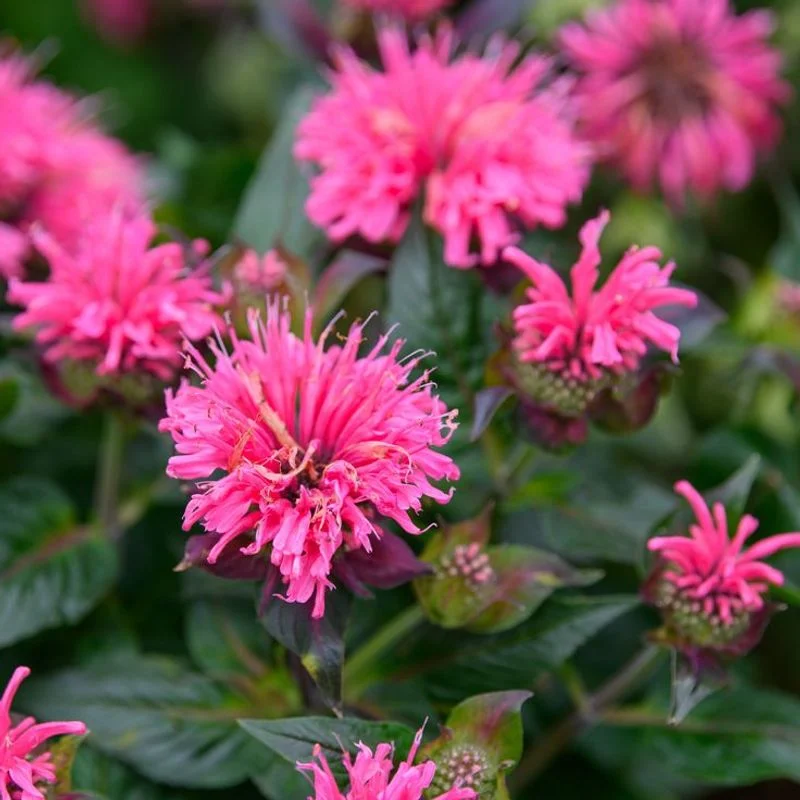
Bee Balm, with its striking, tubular blooms, is a magnet for pollinators but can become a garden bully if unchecked.
It spreads through rhizomes to form dense colonies, which can outpace more delicate plants. Bee Balm thrives in sunny locations, offering a splash of color and life.
Native to North America, it plays a vital role in local ecosystems. For gardeners, it’s a balancing act – its beauty and ecological benefits must be weighed against its expansive nature. Trim and divide regularly to keep its exuberance in check.
Obedient Plant
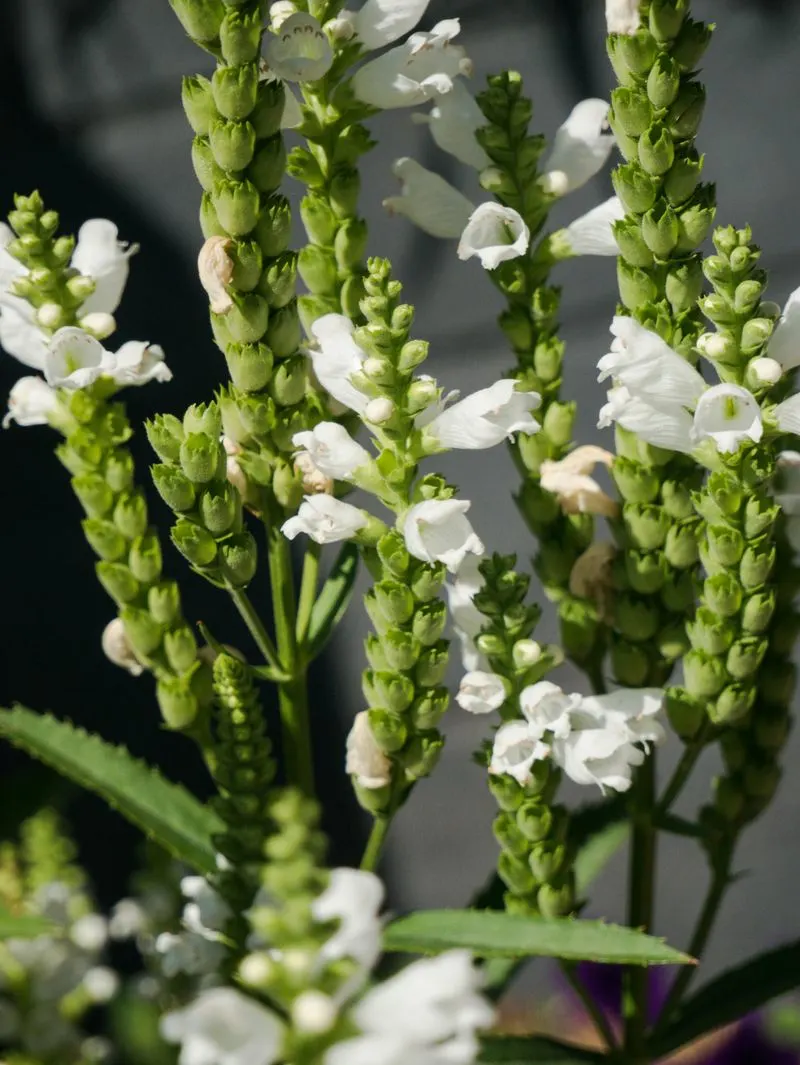
The Obedient Plant, ironically named, tends to do the opposite of what its name suggests.
Despite its beautiful spikes of pink or white flowers, it spreads aggressively through rhizomes. It’s best grown in contained areas or large fields where it can roam.
This plant is native to North America and attracts bees and hummingbirds. Its name comes from the flower’s ability to stay in place if moved, yet its roots tell a different story. Regular division prevents it from overtaking garden beds, keeping its charm in check.
Houttuynia
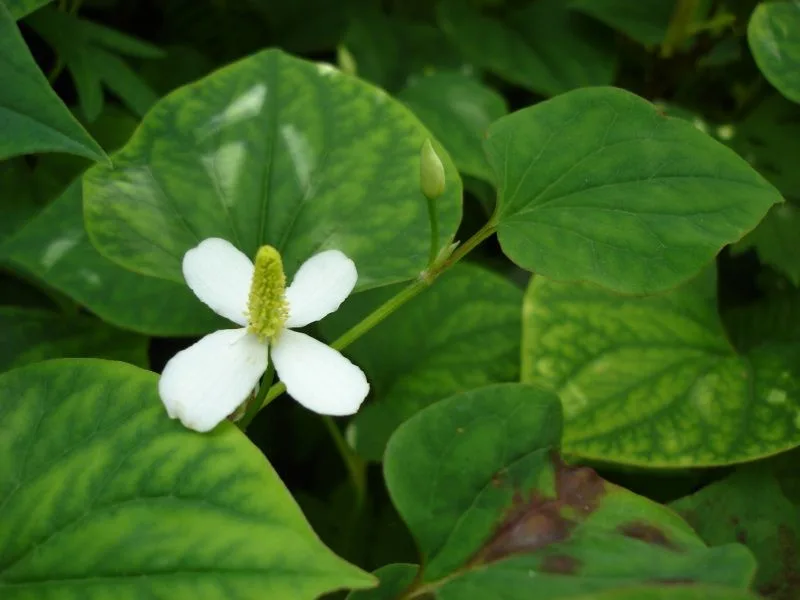
Hailing from Asia, Houttuynia is a tenacious perennial that can quickly overrun a garden. Its multicolored foliage is attractive, yet its roots are persistent invaders.
This plant thrives in moist soil, often used for ground cover under trees or near water gardens. Houttuynia’s beauty is overshadowed by its unyielding spread, making it a challenge for gardeners.
Regular trimming and barriers can control its expansion. Despite its vibrant appearance, this plant requires a dedicated strategy to harness its potential without letting it overtake other plants.
Japanese Knotweed
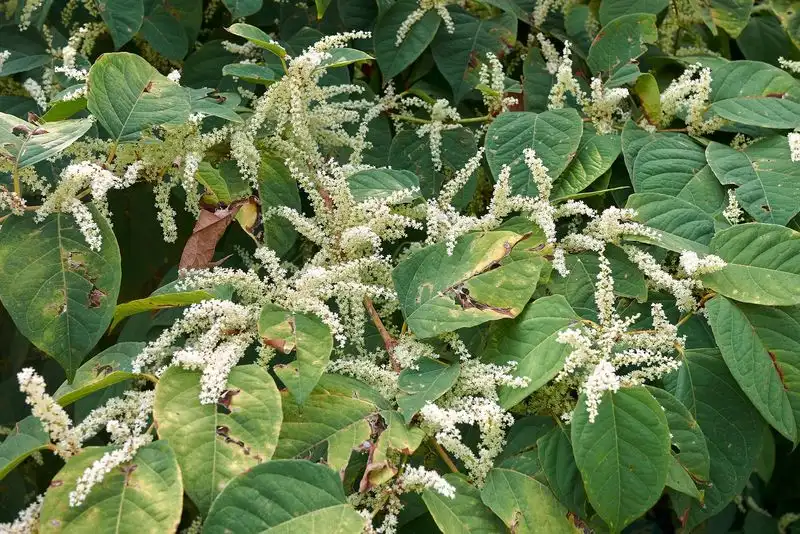
Japanese Knotweed is infamous for its vigorous growth and ability to penetrate through concrete. This perennial can cause severe ecological damage if not controlled.
Often found near rivers or roadsides, it grows rapidly, forming dense thickets through its extensive rhizome network. Its hollow bamboo-like stems can reach up to 10 feet.
Originating in East Asia, it was introduced as an ornamental plant, yet it’s now considered one of the world’s worst invasive species. Control measures include cutting, root barriers, and careful herbicide application to manage its aggressive nature.
Bishop’s Weed
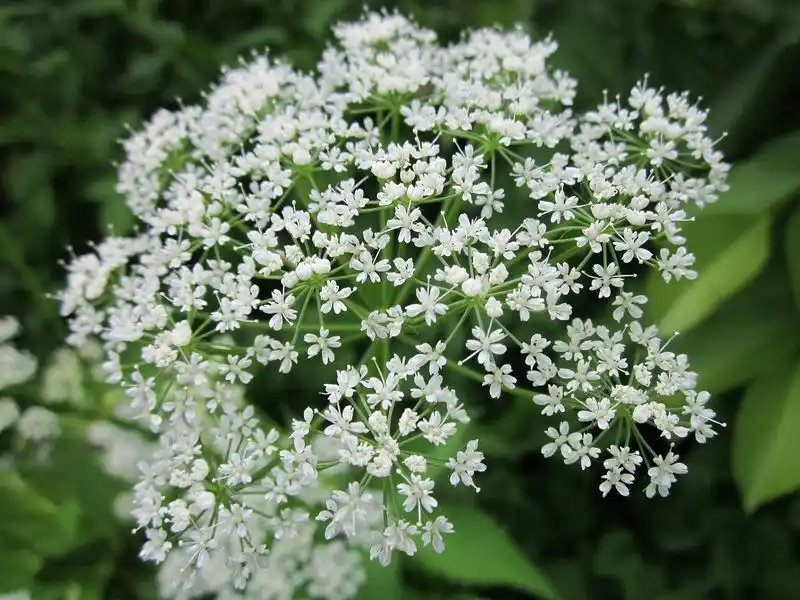
Bishop’s Weed is often planted for its decorative leaves, but its vigorous nature can quickly lead to overgrowth.
It spreads through underground roots, covering large areas in no time. Perfect for ground cover, yet it can become overwhelming if not contained.
Originally from Europe and Asia, it requires little care once established. Its resilience and adaptability make it both a blessing and a curse. Regular pruning and root barriers can help keep this plant under control, allowing gardeners to enjoy its beauty without the chaos.
Perennial Sweet Pea
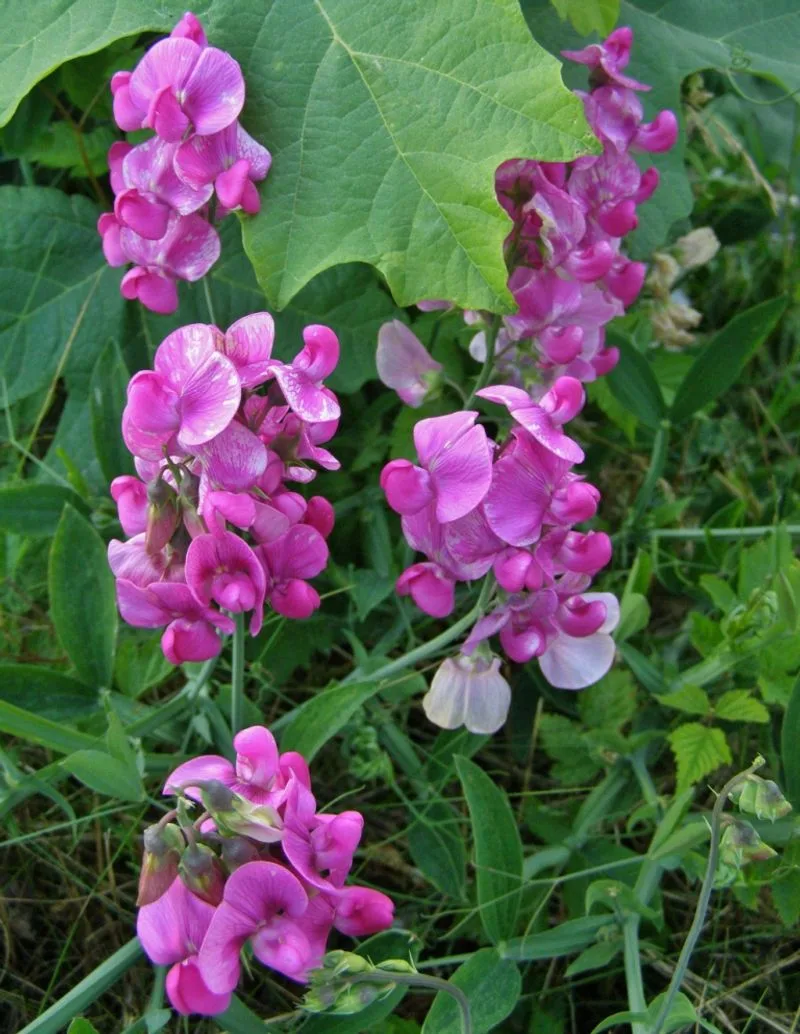
Perennial Sweet Pea enchants with its colorful, fragrant flowers, yet beware its climbing vigor. Once established, it can strangle other plants if not monitored.
The tendrils climb on structures or nearby plants, making it a picturesque choice for trellises and fences. Originating from the Mediterranean, it thrives in sunny, well-drained locations.
Regular trimming ensures it remains a charming garden feature rather than a pesky invader. Its beauty is undeniable, but a watchful eye is essential to prevent it from overshadowing its neighbors.
Hosta
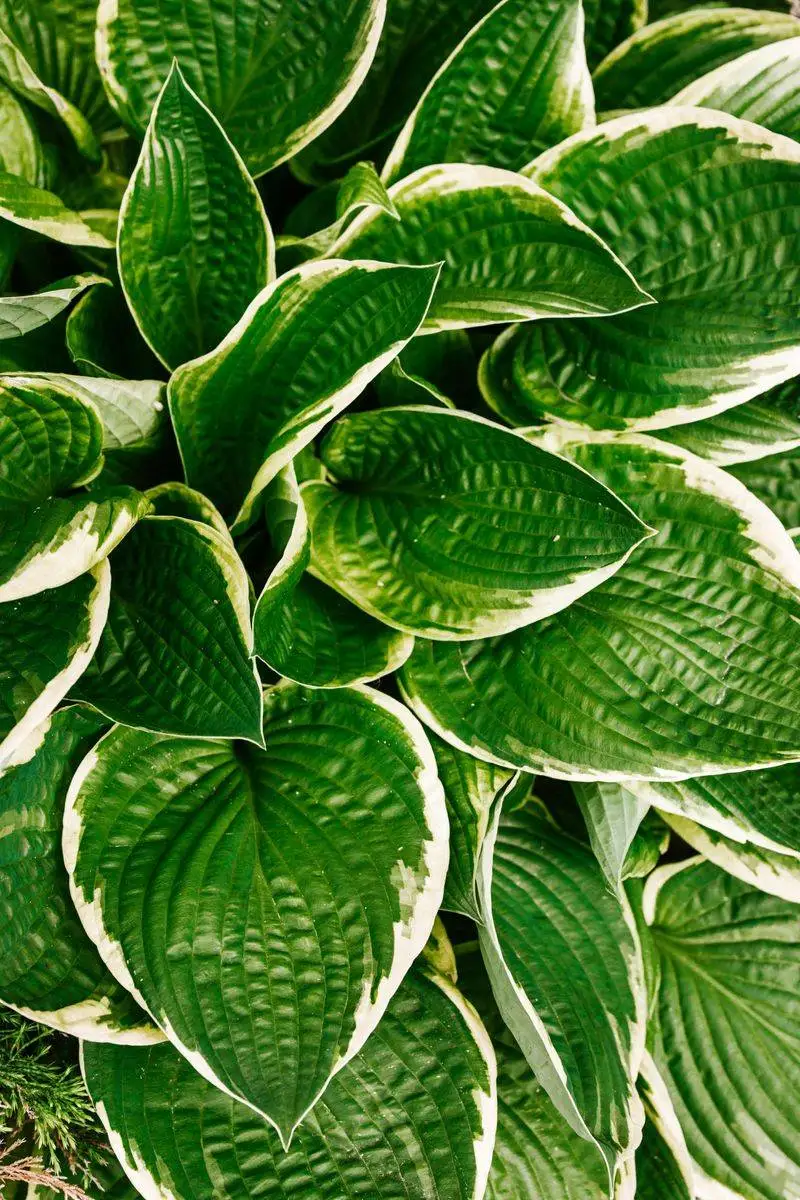
Hostas are beloved for their lush foliage and easy-going nature, making them popular choices for shade gardens. Though low-maintenance, they are not invasive, staying neatly in their planted spots.
These plants thrive in shaded, well-drained soil, offering variations in leaf color and size. Originating from Asia, particularly Japan, they add texture and interest without overwhelming companions.
While slugs may enjoy them, the Hosta’s charm and reliability secure its place in any garden. Regular division can promote healthy growth, ensuring they remain a steadfast feature in garden design.
Russian Sage
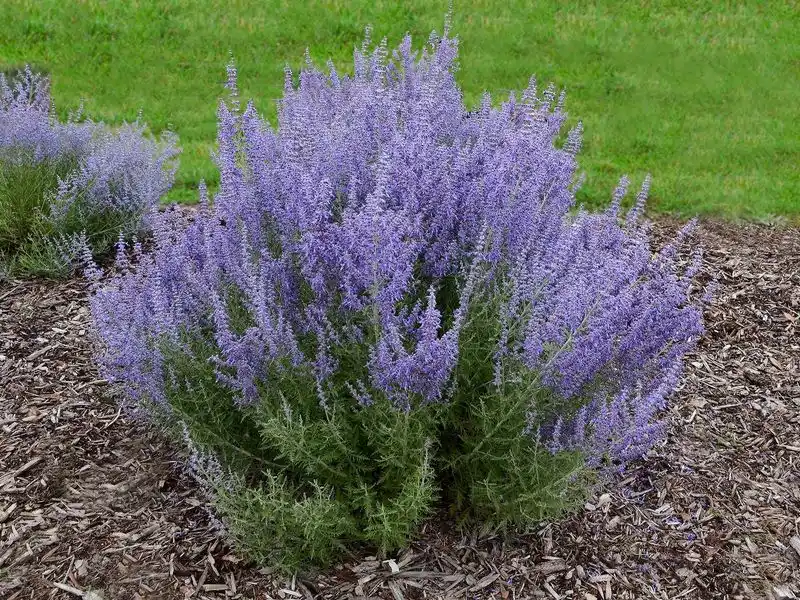
Russian Sage is a drought-tolerant perennial known for its wispy, silver foliage and sprays of lavender flowers. Unlike some of its aggressive counterparts, it stays put, creating a soft, airy look in garden borders.
Originating from Central Asia, it’s perfectly suited for sunny, dry gardens. It attracts pollinators but doesn’t compete aggressively with neighbors.
Russian Sage provides a lovely contrast to other plants, maintaining its space gracefully. Minimal maintenance is required, with occasional pruning to encourage new growth, making it a treasured choice for sustainable landscapes.
Daylily
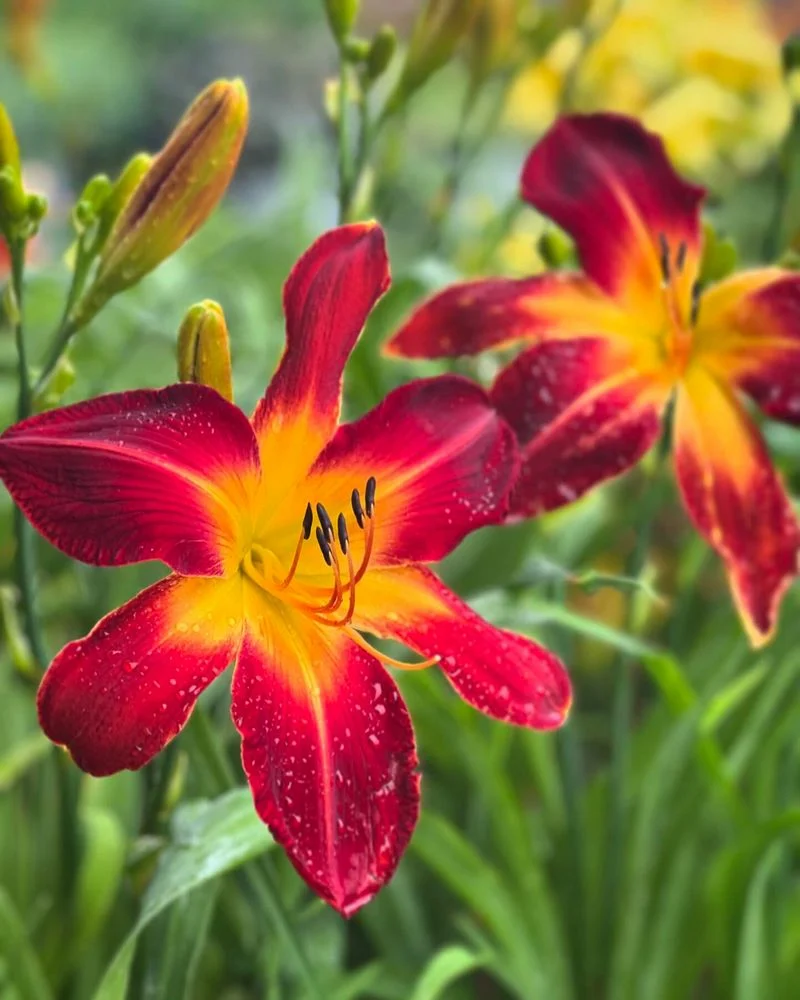
Daylilies are garden staples, celebrated for their vibrant blooms and resilience. They remain well-mannered, not overstepping their bounds in the garden.
These perennials are easy to care for, thriving in a variety of conditions from full sun to partial shade. Originally from Asia, they adapt well to different soils, providing colorful displays throughout summer.
Daylilies require minimal maintenance, with deadheading to encourage more blooms. Their undemanding nature and ability to stay in line make them excellent companions to a range of garden plants, ensuring harmony in garden composition.
Peony
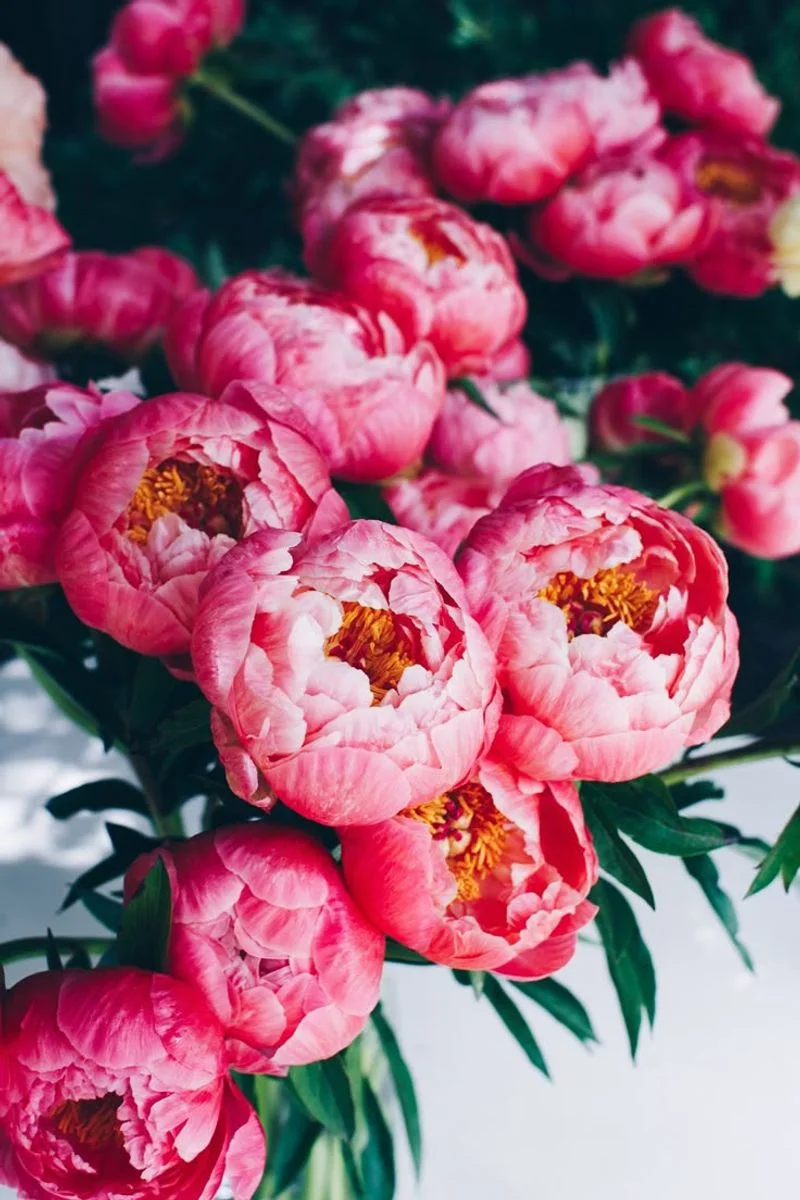
Peonies are adored for their stunning, fragrant blooms and steadfast nature. These perennials grace gardens without the chaos of aggressive spread.
Originating in Asia, they thrive in well-drained soil with plenty of sunlight, offering blooms that captivate and endure. Peonies often become heirloom plants, passed down through generations.
Though they require a few years to establish, their longevity and minimal care needs reward patient gardeners. With regular feeding and deadheading, Peonies maintain their elegance and structure, enhancing any garden they inhabit without overwhelming it.
Sedum
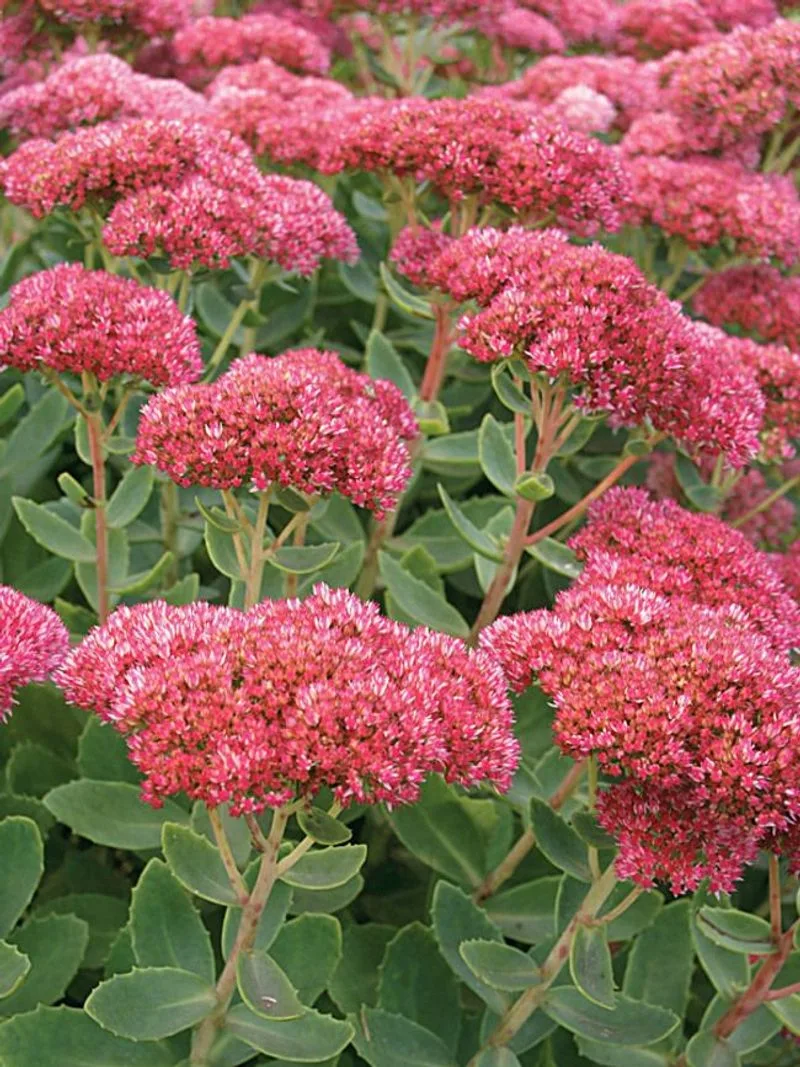
Sedum, or Stonecrop, is a succulent perennial known for its resilience and minimal spread. With fleshy leaves and star-shaped flowers, it adds texture to rock gardens or borders.
Native to temperate regions, Sedum thrives in poor, well-drained soil and full sunlight. Its compact growth habit ensures it remains a neat garden addition without overshadowing others.
Ideal for xeriscaping, Sedum requires little water, making it perfect for sustainable gardening. Occasional division keeps it vigorous, allowing gardeners to enjoy its subtle beauty and structure in diverse planting schemes.
Coral Bells
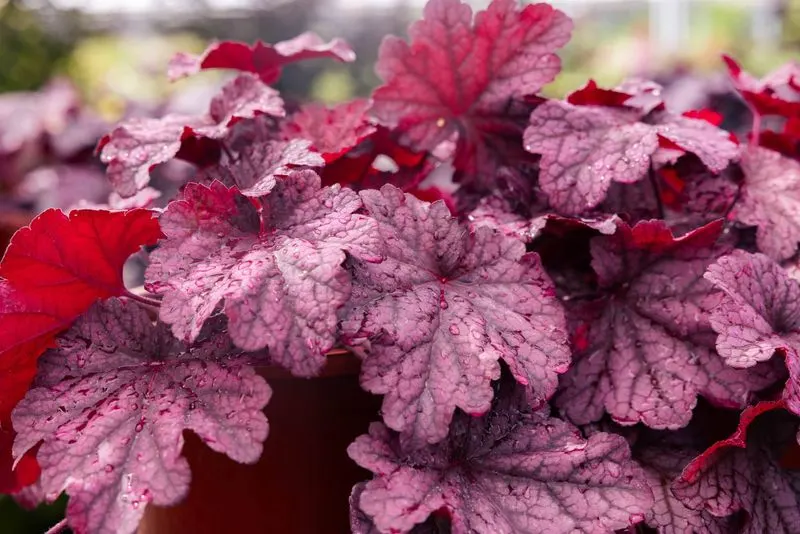
Coral Bells, known for their striking foliage, offer year-round interest without the worry of aggressive spread. These perennials thrive in partial shade, with leaves in various hues.
Originating in North America, they prefer well-drained soil and are often used in borders or as ground cover. Their delicate flowers attract pollinators, adding to their charm.
Minimal maintenance is needed, with occasional deadheading and division to encourage new growth. Coral Bells’ bold foliage provides contrast in garden designs, ensuring they add vibrancy without overtaking their neighbors.
Astilbe
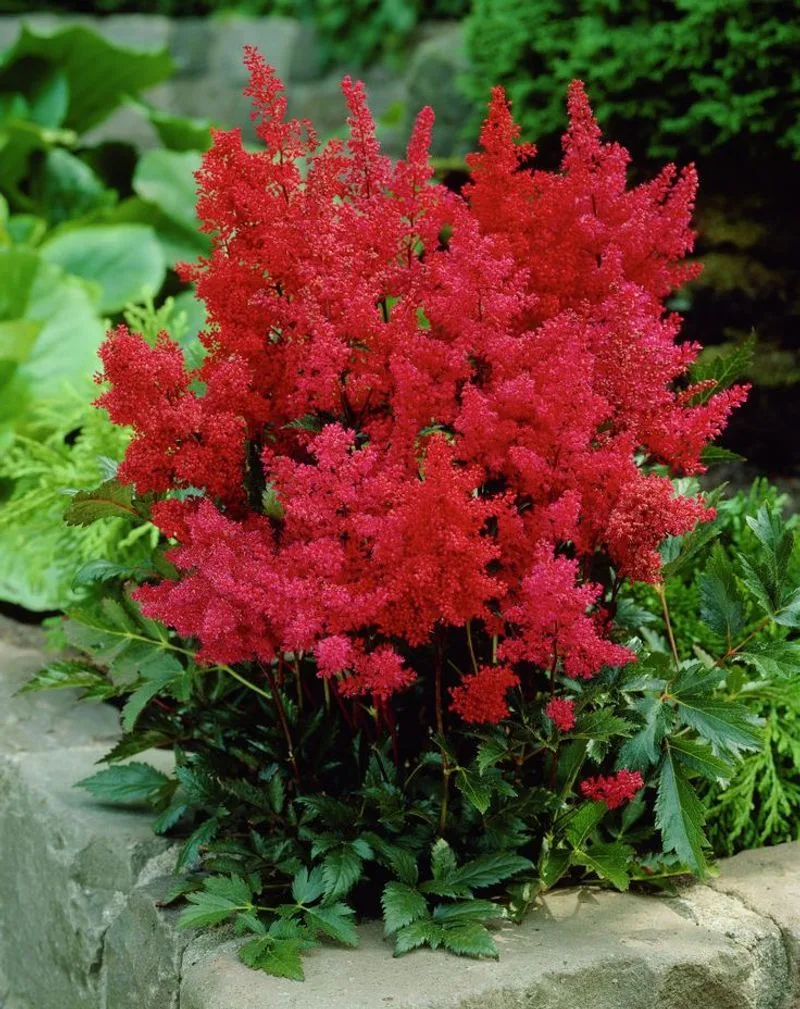
Astilbe is cherished for its feathery plumes and elegant presence, staying politely within its space. These perennials thrive in shaded, moist environments, offering texture and color.
Native to Asia and North America, Astilbe prefers rich, well-drained soil. It enhances woodland gardens or shaded borders without aggressive tendencies.
Regular watering and occasional division keep Astilbes healthy and vibrant. Their graceful plumes provide an ethereal quality, ensuring they complement rather than compete in garden compositions. Astilbes promise enduring beauty, enhancing any shaded garden area.
Lavender
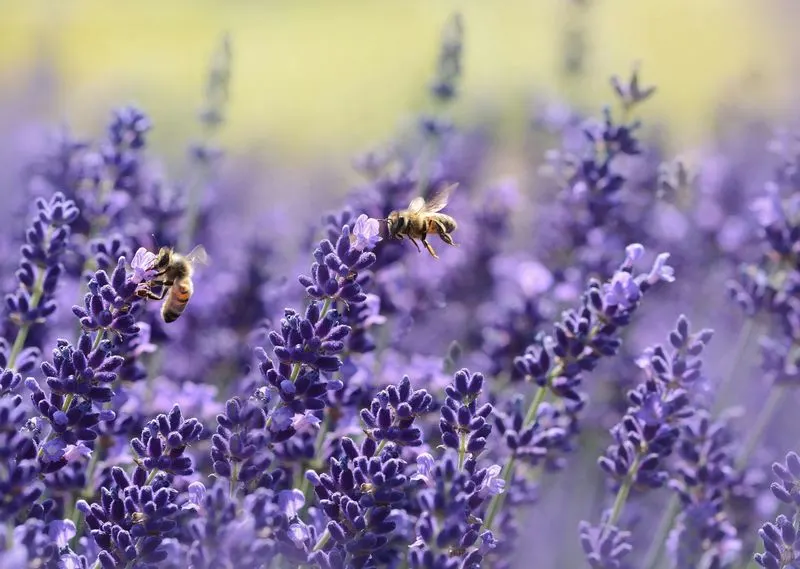
Lavender is synonymous with relaxation, offering aromatic blooms without the chaos of invasive spread. This perennial thrives in sunny, well-drained spots, perfectly suited for Mediterranean climates.
Originating from the Old World, it’s beloved for its scent and culinary uses. Lavender demands minimal care, requiring occasional pruning to maintain shape.
Its structured growth and fragrant presence make it an excellent companion for herbs and flowers alike. Lavender provides structure and serenity in garden designs, ensuring it enriches rather than disrupts the harmony of its surroundings.

